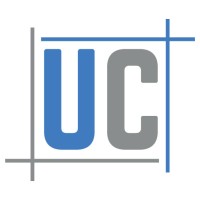
Neo-Dyn, an ITT Company
Neo-Dyn®, an ITT Company, is a leading manufacturer of high quality and reliable industrial pressure and temperature switches. Our products are available in weatherproof and hazardous configurations and include; pressure, vacuum, differential, sanitary and temperature versions to support a variety of applications throughout the world. Our legacy of competitively priced products and on time delivery, guarantee that you have the proven performance in the product that you need to support your specific requirements when you need it most. With a strong focus in markets such as general industrial, energy and chemical markets, we are your first choice for all of your switch product needs.






